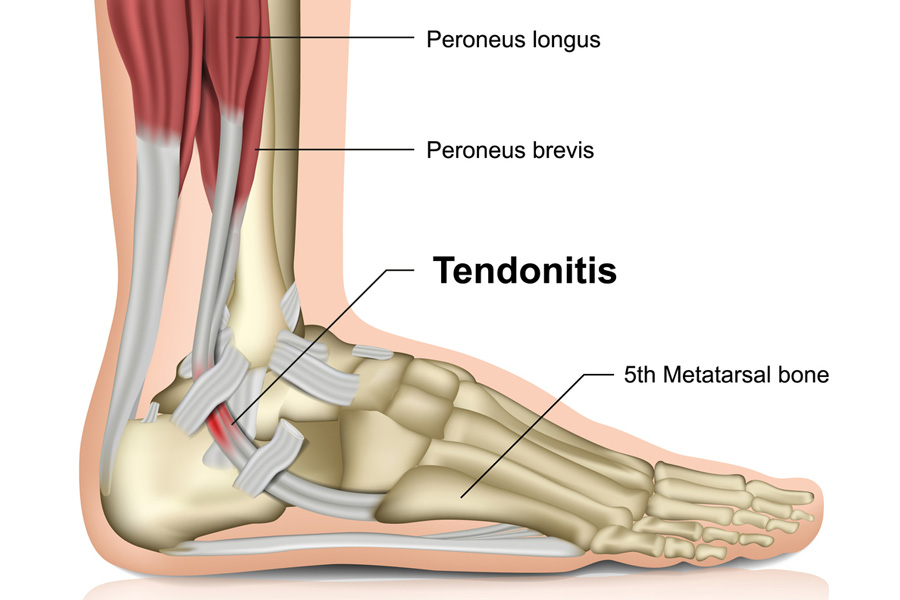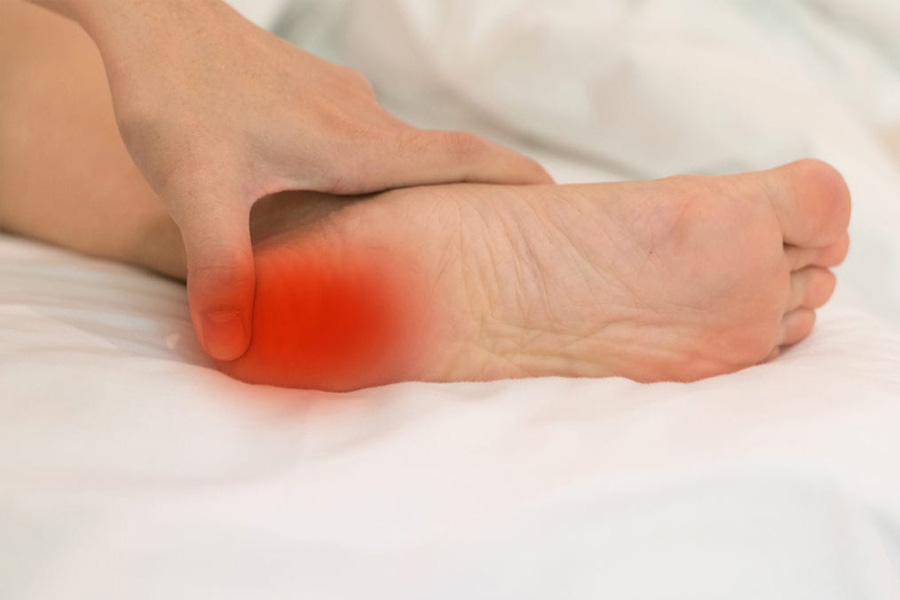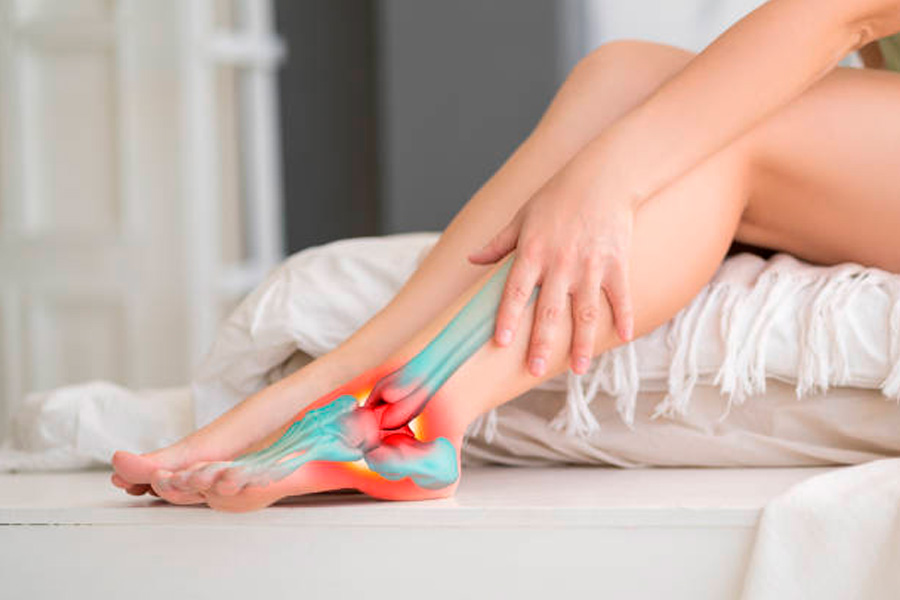Peroneal tendonitis is one of the lesser-known repetitive motion injuries affecting the connective tissue in the lower legs. Running down the fibula bone, two large tendons stabilize the motion of the ankle. Painful peroneal tendonitis develops through overuse and other factors.
Here is a guide to living with this acute injury and how your podiatrist in Cincinnati, Ohio,can help you heal.
The Symptoms and Causes of Peroneal Tendonitis
Peroneal tendonitis is an inflammatory condition that can cause significant pain and swelling in the ankle and lower leg. Stemming mostly from a failure to warm up and stretch before strenuous athletic activity, this podiatric injury creates lumpy, sore nodules in the ankle tendons, along with snapping and popping noises and intense skin and soft tissue warmth.
For many individuals, poorly fitting and worn-out shoes contribute to peroneal tendonitis. However, these chronic conditions also set the stage for it:
- Obesity
- Diabetes
- Smoking
- Gout
- Osteoarthritis
Age plays something of a role, too, as most people who develop peroneal tendonitis are age 40 and up.
How to Live with Peroneal Tendonitis as It Heals
Most people who develop this inflammatory podiatric condition respond well to treatment plans developed by skilled foot and ankle doctors. Fortunately, many heal well within a month to six weeks as they continue to take precautions when they workout and/or make some lifestyle changes.
If you have developed symptoms of this condition, a thorough in-office examination at your podiatric office will confirm the diagnosis and, through imaging, ensure you do not have a foot or ankle fracture. Your podiatrist will develop an at-home care plan, along with in-office interventions as needed.
Common treatments include:
- Rest
- Icing to relieve swelling (20 minutes on and 20 minutes off)
- Compression of the ankle with an ACE bandage or brace
- Elevation of the sore ankle above heart level
- Crutches or a walking boot to take weight and pressure off the lower extremity
- An extended program of physical therapy
- Oral pain relievers
- Cortisone injections to relieve swelling
- Custom-made shoe inserts, or orthotics, to stabilize the motion of the foot and ankle and to support high arches
- Extracorporeal Pulse-activation Therapy, or EPAT, is an FDA-approved treatment thatsends low-energy pulse waves to the injured area to speed healing and improves blood circulation
Your foot and ankle doctor will track your progress carefully and tell you when you can resume your usual activities, including sports.
Avoiding Peroneal Tendonitis
To avoid a return of symptoms, follow your podiatrist’s recommendations carefully and patiently. Do not overdo it or return to strenuous activities until your doctor says you can. Also, be sure to:
- Achieve and maintain a proper body weight
- Control your blood sugars if you are diabetic
- Stop all tobacco products
- Wear supportive shoes and discard old, worn-out pairs
- Use an elastic bandage or brace during workouts, games, or runs
- Warmup before and rest after strenuous activities, including household chores
Your Skilled Podiatrists in the Cincinnati, Ohio
At Cincinnati Foot & Ankle Care, our 19 highly qualified podiatrists treat people who wish to remain strong and confident in their daily activities and sports too. At 18 area locations, our team delivers patient-focused, individualized care plans which really work.
To arrange an in-person consultation, call the clinic nearest you or request your appointment online.




